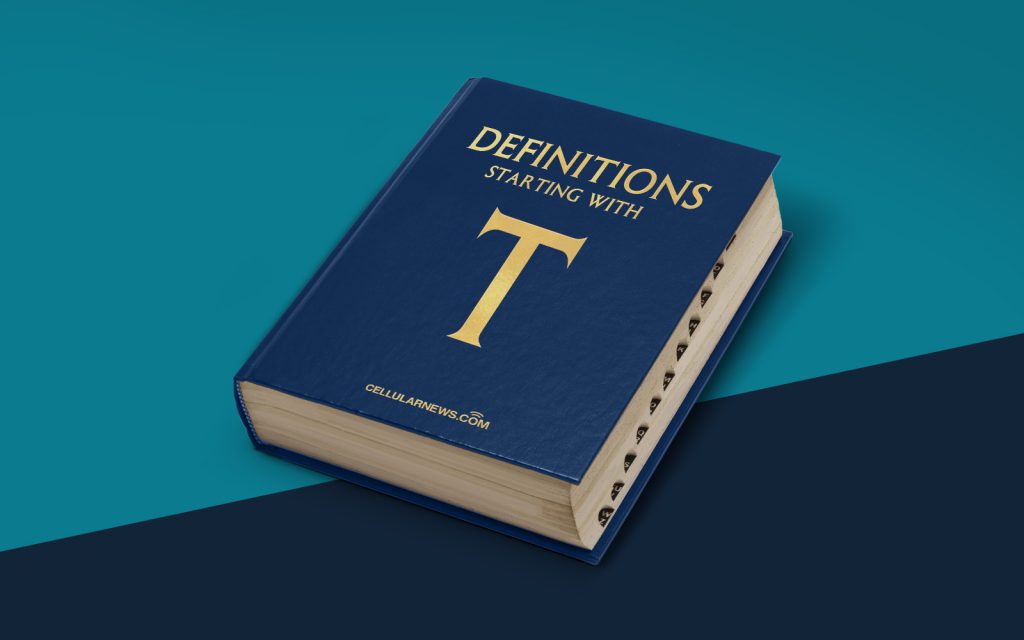
Unraveling the Concepts of Temporal Logic
Have you ever heard of temporal logic? If you are not familiar with this term, worry not! I am here to provide you with a brief but comprehensive overview of what temporal logic is all about.
Key Takeaways
- Temporal logic is a branch of formal logic that deals with the representation and reasoning of time-dependent properties or behaviors.
- Temporal logic allows us to express and reason about events, states, and transitions that occur over time.
At its core, temporal logic is a branch of formal logic that focuses on the representation and reasoning of time-dependent properties or behaviors. It enables us to express and analyze events, states, and transitions occurring over time. In other words, temporal logic provides us with a powerful tool to reason about systems with time-varying characteristics.
Now, you might be wondering, what exactly does temporal logic entail? Let’s dive a little deeper.
The Foundations of Temporal Logic
Temporal logic is based on classical logic but introduces additional operators and rules to handle temporal aspects of reasoning. It combines traditional logic reasoning with the ability to reason about time and temporal relationships between different events or states. This combination allows temporal logic to capture the dynamic behavior of systems in a logical and rigorous manner.
Temporal logic extends the basic logical operators, such as conjunction and disjunction, with temporal operators, including:
- Next: Denoted by the symbol “X.” It represents the immediate successor state or event after a given state or event. For example, Xp signifies that property p holds in the next state or event.
- Eventually: Denoted by the symbol “F.” It represents the existence of a state or event at some point in time in the future. For example, Fp signifies that property p will be true at some future state or event.
- Until: Denoted by the symbol “U.” It represents the occurrence of a state or event until another specific state or event is satisfied. For example, p U q signifies that property p holds until property q becomes true.
- Always: Denoted by the symbol “G.” It represents the preservation of a property throughout all states or events. For example, Gp signifies that property p holds at all future states or events.
The use of these temporal operators allows us to express complex temporal properties and verify their validity or inconsistency within different systems. Temporal logic helps us reason about causality, patterns, concurrency, synchronization, and temporal ordering of events or states.
The Applications of Temporal Logic
Temporal logic finds its applications in various domains, including:
- Computer Science: Temporal logic plays a vital role in the formal verification of hardware and software systems, ensuring their correctness and safety.
- Artificial Intelligence: Temporal logic is utilized in planning and reasoning systems, enabling agents or robots to take time-dependent actions and make decisions.
- Philosophy: Temporal logic provides a formal framework to explore the nature of time and temporal relationships in philosophy.
- Engineering: Temporal logic assists in the design and verification of real-time systems, critical infrastructure, and protocols requiring time-dependent specifications.
In conclusion, temporal logic offers a sophisticated approach to reason about time-dependent properties and behaviors. Its ability to express and analyze events, states, and transitions over time makes it a valuable tool in diverse fields. By leveraging the power of temporal logic, we can better understand and manage systems with dynamic characteristics, ensuring their proper functioning and reliability.
